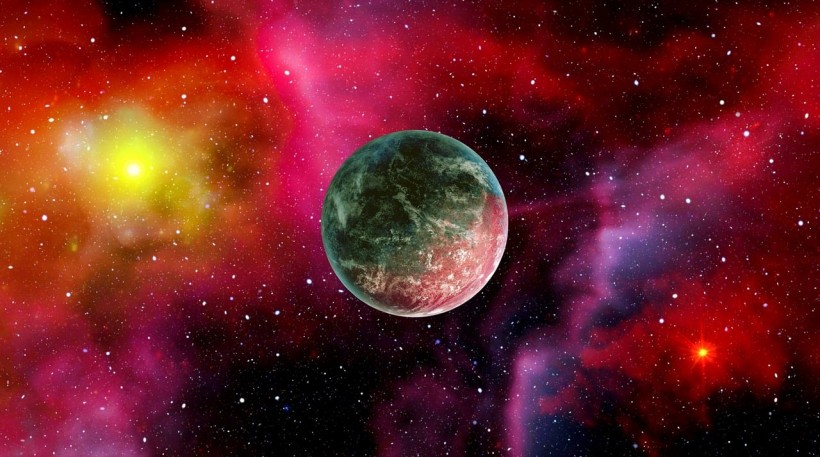The biosphere on Earth expanded in tandem with the emergence of continents. Recent research postulates the existence of exocontinents, suggesting that the oldest land masses in the Milky Way could have developed five billion years before Earth.
This implies the possibility of multiple celestial bodies in the galaxy hosting extraterrestrial life surpassing Earth's advancement. The correlation between continents and thriving ecosystems on Earth prompts scientists to explore the potential parallels on exoplanets.

Oldest Continents in the Milky Way May Signal Older, More Advanced Extraterrestrial Life
Exocontinents in the Milky Way Galaxy
A 2021 study proposes that planets in the Milky Way may share Earth-like water and land properties. Researchers reported that water likely existed during planet formation, a common occurrence observed on Earth, Mars, and Venus. That means the conditions in the Solar System may not be unique, suggesting similar processes for exoplanets in the galaxy.
Computer modeling supports the idea that water was present in Earth's early stages, asserting a reasonable probability of this phenomenon applying to all Milky Way planets.
The study focuses on the speed of planet formation, highlighting millimeter-size ice and carbon particles as Earth's primary building blocks. Pebble accretion, the capture of pebbles containing ice and carbon, played a pivotal role in Earth's growth.
Earth's surface temperature rise caused the evaporation of ice in pebbles, contributing to the planet's growth over 5 million years. Protoplanetary pebbles consist of 10% to 35% ice, varying with object size.
The pebble accretion theory, backed by the abundance of water in the galaxy, suggests that planets in the Milky Way, including Earth, Mars, and Venus, may have formed similarly, potentially supporting life.
READ ALSO: Dark Exoplanets: Scientists Claim There Could Be Planets Made of Dark Matter Orbiting Stars
Astrobiological Insights into Ancient Continents and Advanced Life
Astrobiologists identify key planetary features crucial for supporting life, emphasizing the historical significance of large land masses in fostering thriving ecosystems.
Jane Greaves, a Cardiff University astronomer, explores the possibility of older, more advanced life by investigating the emergence of continents on a galactic scale. Her research, indicating continents on two exoplanets predating Earth by four to five billion years, suggests the potential for advanced extraterrestrial life.
Published in the Research Notes of the American Astronomical Society, Greaves proposes that if life had a five-billion-year head start on another planet, it could harbor more evolved forms than Earth. The formation of continents is intricately linked to plate tectonics, driven by the movement of rock plates over a planet's molten interior, sustained by heat from radioactive decay in the core.
Analyzing nearby stars for uranium-238 and potassium levels, along with age data from the Gaia satellite, Greaves finds that continents formed around sun-like stars up to two billion years earlier than Earth's plate tectonics.
The oldest continents, around HD 4614, set a precedent for the cosmic neighborhood, while stars HD 76932 and HD 201891, located 70 to 110 light-years away, may have developed continents up to five billion years earlier than Earth.
Greaves speculates that within her sample of 29 stars, systems with more advanced biospheres than Earth could exist. This research is integral to NASA's future Habitable Worlds Observatory, set to observe Earth-like planets and signs of life in the 2040s.
She also anticipates further studies exploring the prevalence of planets with plate tectonics, potentially uncovering ancient systems where terrestrial life predates Earth.
RELATED ARTICLE: Exploring the Origins of Exocontinents: How Plate Tectonics Shapes Habitable Worlds
Check out more news and information on Space in Science Times.














